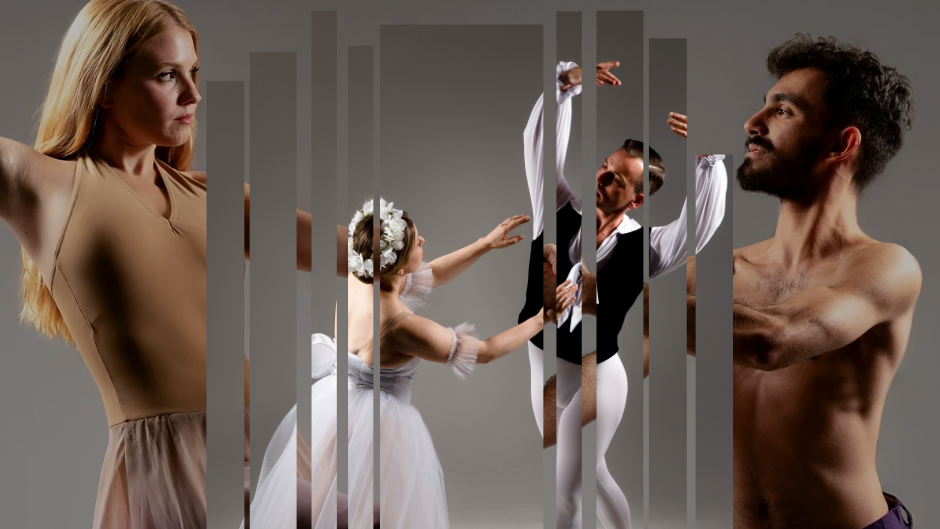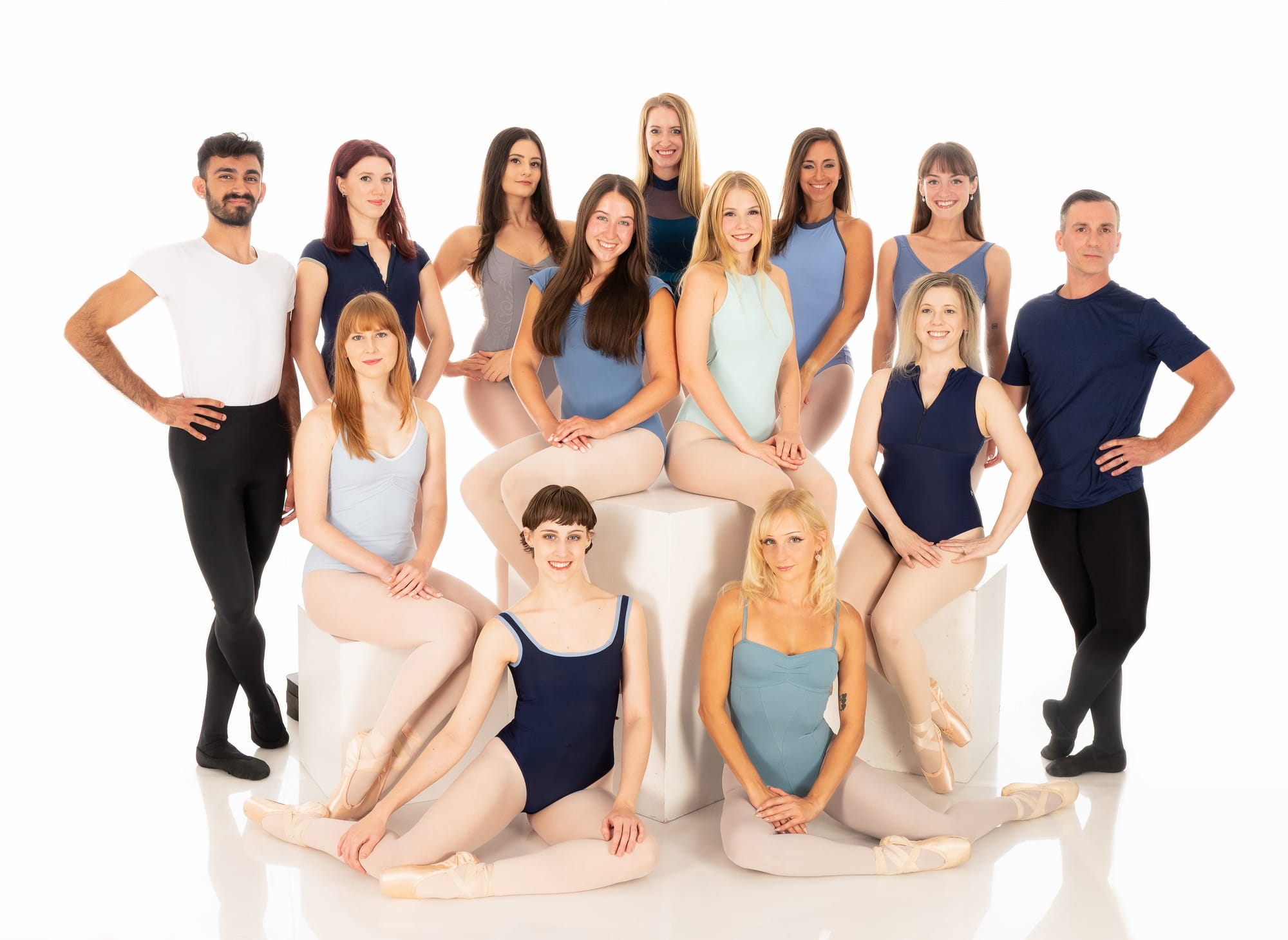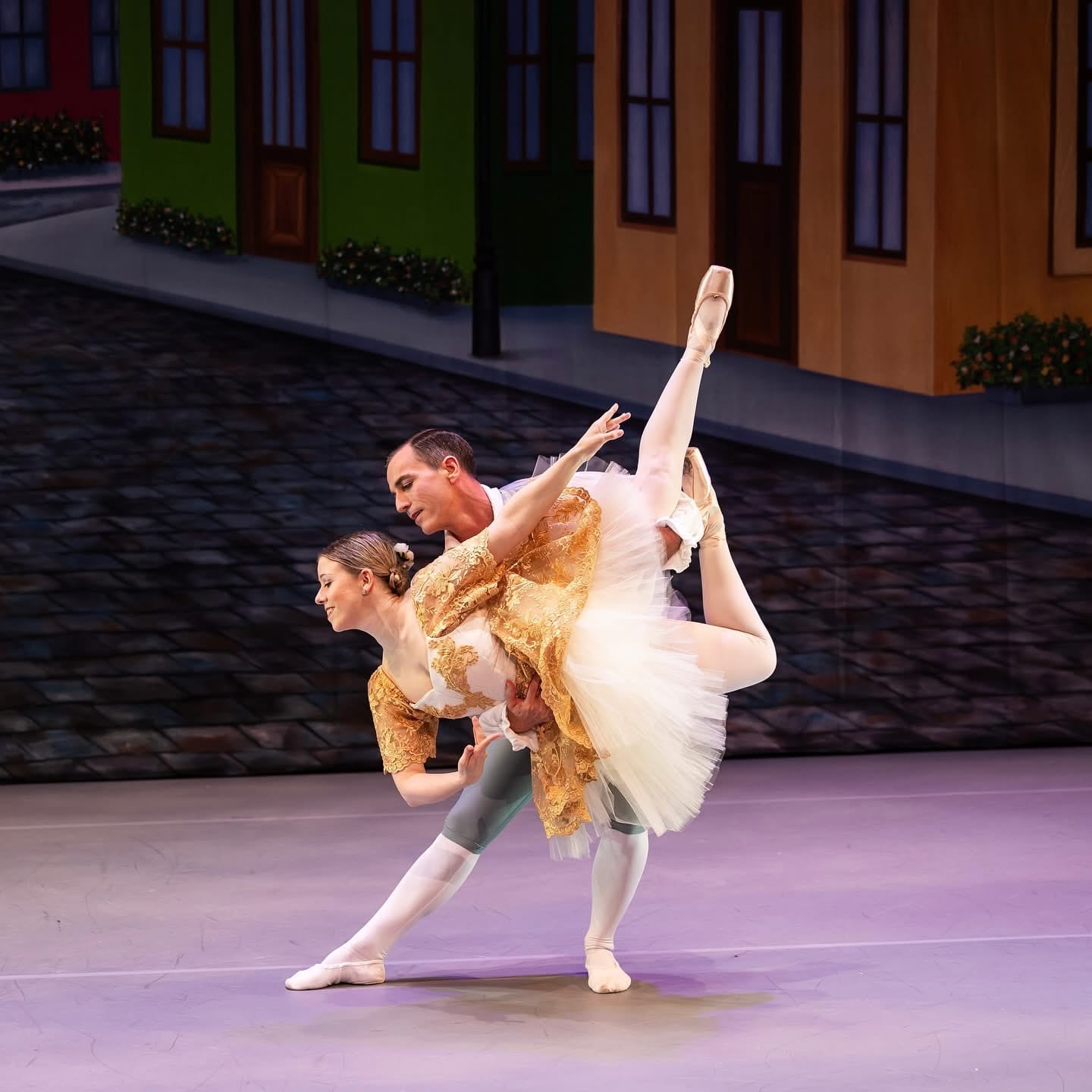Can Tampa Bay Sustain a Ballet Company?
Coastal Ballet of Florida debuts as Tampa Bay’s first professional classical ballet company since the pandemic—reviving tradition with bold new energy.

Inside Coastal Ballet’s leap of faith—and what it says about American dance right now
By Avery Anderson
Starting a ballet company in 2025 is an act of faith. Faith that people still crave classical art in a digital age. Faith that dancers will uproot their lives for a dream still taking shape. Faith that Tampa Bay—a region better known for its beaches than its barre—can support something as resource-hungry as a professional ballet company.
But that’s exactly what Heather Ossola is betting on.
This Saturday, she’ll cut the ribbon on Coastal Ballet of Florida, the Bay’s first full-time classical ballet company since the pandemic shuttered Tampa Ballet Theatre.
“When that company closed, I thought—why not us?” Ossola says. “There’s contemporary dance here, there’s modern, but there was no home for classical ballet. We can do this. Tampa deserves this.”
She’s not wrong. Across the country, ballet companies are struggling to rebuild audiences and funding post-COVID. Some have folded; others have rebranded as hybrid dance theaters, adding spoken word or projections to lure younger crowds. Coastal’s gamble is different: return to the roots—story ballets, tutus, live orchestra recordings—and remind people why this art form once filled opera houses.
A company built on grit (and twelve dancers)
Ossola and co-founder Lauren Birnbaum launched quietly last year with a single performance of Coppélia. This fall, they’ve expanded into a full-fledged season—three productions, a corps of 10 professional dancers, two apprentices, and eight teenage trainees who rehearse alongside them.
Four of those professionals moved to Tampa Bay for the job. One left a company out west; another returned home after college in Manatee County. They came, Ossola says, “because they wanted to build something from the ground up.”

It’s not glamorous work. Coastal Ballet doesn’t have a permanent studio or theater yet—all performances this season will be at Largo’s Central Park Performing Arts Center—and every decision feels like a balancing act between artistry and survival. But in that constraint, there’s also freedom.
“When you’re small, every dancer matters,” Ossola says. “No one’s just standing in the corps. Everyone gets to lead.”
The state of the art form
Nationally, ballet is in a period of reckoning. Companies from New York to San Francisco are confronting how to make a 19th-century art form relevant to 21st-century audiences. The language of pointe shoes and pas de deux remains, but the world around it is shifting—streaming habits, shorter attention spans, questions about equity and access.
Ossola isn’t chasing reinvention. She’s chasing restoration. Her debut season leans fully classical: Les Sylphides paired with a new neoclassical work, The Four Seasons, choreographed to Max Richter’s reimagined Vivaldi. Then comes The Nutcracker (because of course) and Cinderella in the spring.
“It’s not that contemporary isn’t beautiful,” she says. “It’s just that classical ballet was missing here. You shouldn’t have to drive to Sarasota or Orlando to see it.”
Why it matters for Tampa Bay
The Bay Area’s arts scene has been booming—new theater collectives, indie galleries, a growing film community—but ballet has remained an afterthought. That’s what makes Coastal Ballet’s timing both risky and ripe.
Ossola wants to create a company where local dancers can stay rather than leave for opportunities elsewhere. “Next Generation Ballet trains incredible talent,” she says. “But what happens next? I want Tampa to have a company that keeps those dancers here.”

In a sense, Coastal Ballet isn’t just about pirouettes—it’s about place. It’s about what kind of city Tampa Bay wants to be in the post-pandemic arts landscape: one that consumes culture, or one that creates it.
“Ballet is living art,” Ossola says. “It’s physical, emotional, spiritual—it hits every sense. You don’t have to ‘get it.’ You just have to feel it.”
Coastal Ballet of Florida launches its first full season with Modern Motions and Romantic Reveries on Oct. 18 at Largo’s Central Park Performing Arts Center, followed by The Nutcracker (Dec. 20–22) and Cinderella (April 2026). coastalballetofflorida.org
